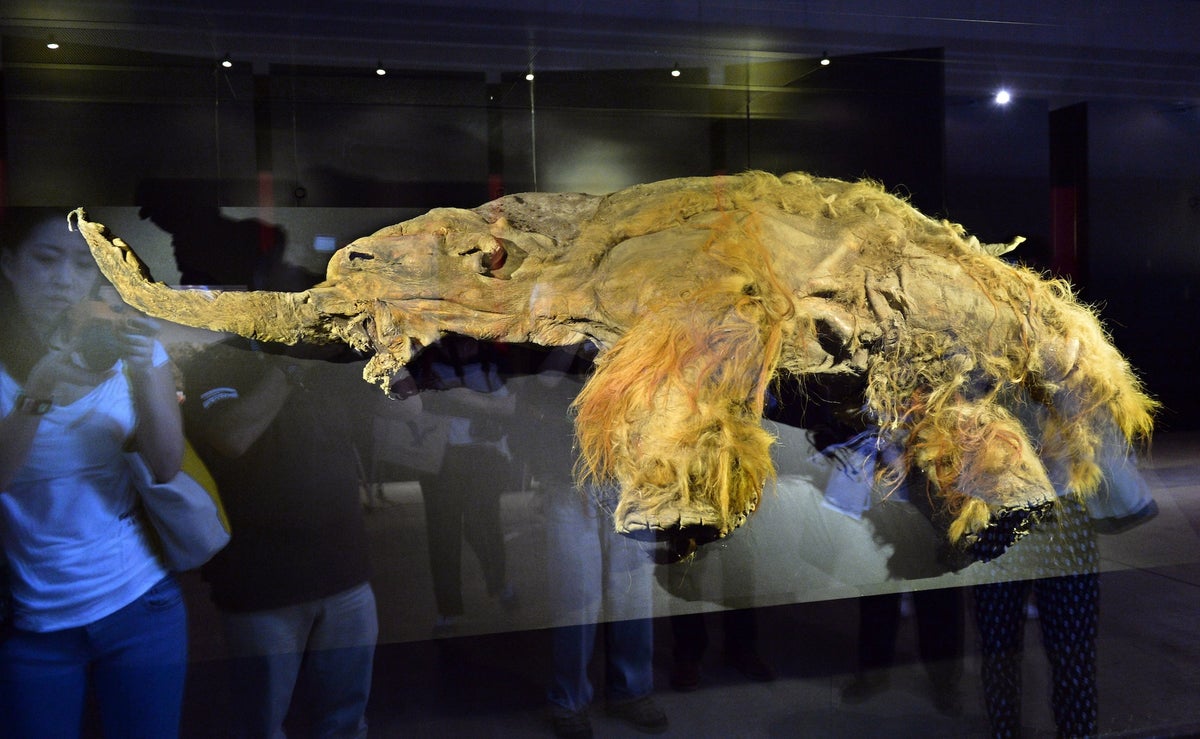
"In 2010 Yukaghir hunters found the nearly intact carcass of a young woolly mammoth frozen in the northern Siberian permafrost. With its reddish-brown fur still clinging to its skin, the dog-sized calf was named Yuka Radiocarbon dating placed it at roughly 40,000 years old. Now a team of researchers has extracted from Yuka the oldest RNA molecules ever recovered, revealing traces of gene activity that survived the last ice age."
"Unlike DNA, RNA records which genes were active in a cell before an organism died. Extracting it is extremely difficult because the molecule is chemically unstable and rapidly destroyed by enzymes and environmental changes after death. Even RNA from living organisms, Marmol-Sanchez notes, degrades within minutes if it is not preserved. Yet obtaining it is crucial to reconstructing how extinct animals grew, adapted to their environments or responded to disease and stress."
A nearly intact, dog-sized woolly mammoth calf named Yuka was recovered from Siberian permafrost and radiocarbon dated to about 40,000 years old. Researchers extracted the oldest RNA molecules ever recovered from Yuka, preserving snapshots of gene activity from the final minutes or hours of life. RNA was retrieved from muscle, skin, and ear/skull fragments collected near the Indigirka River in Belaya Gora. RNA extraction required ultraclean laboratories and computational validation to confirm authenticity. RNA provides information on genes that were active before death, offering insights into growth, environmental adaptation, disease, and stress.
Read at www.scientificamerican.com
Unable to calculate read time
Collection
[
|
...
]